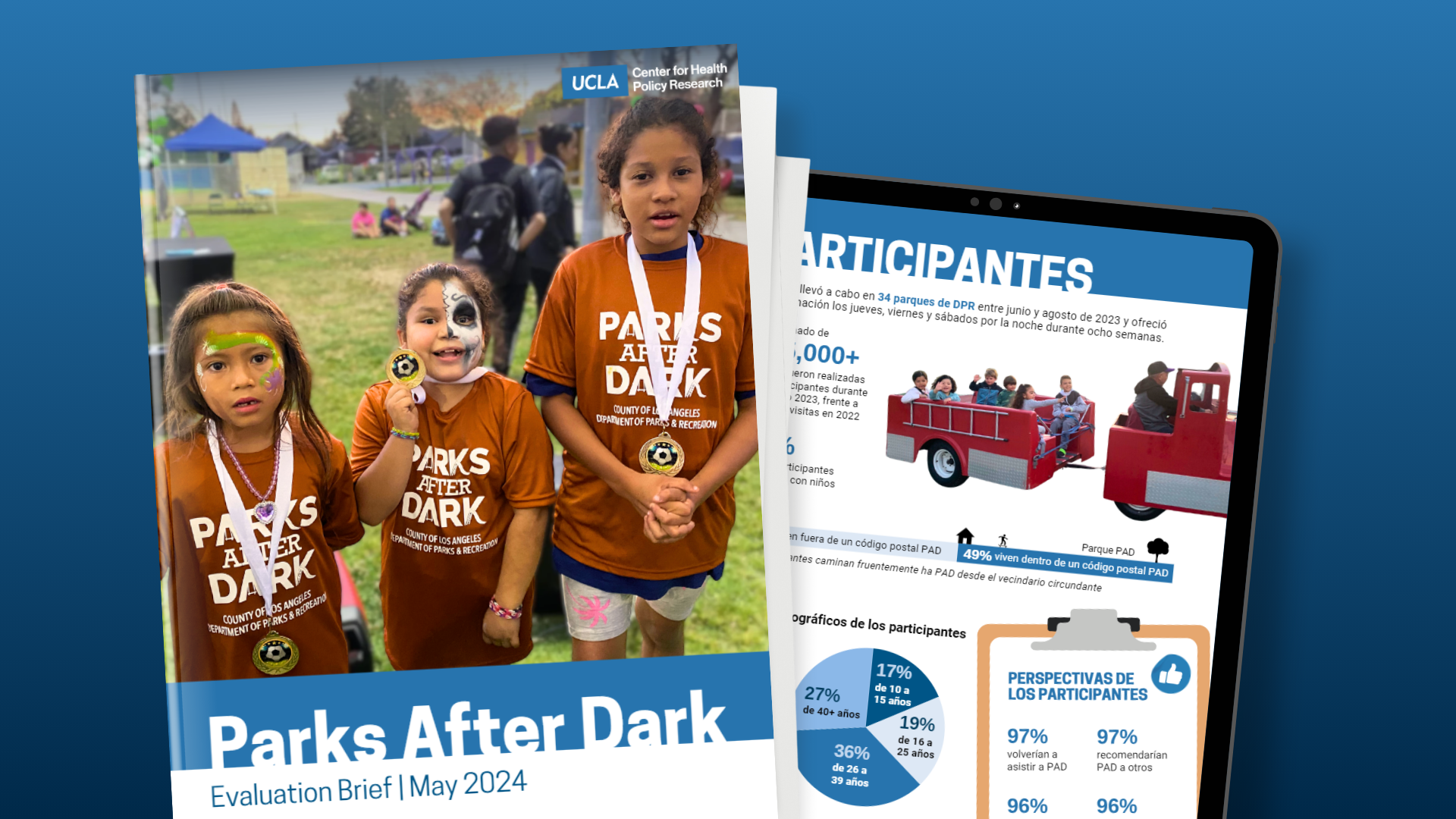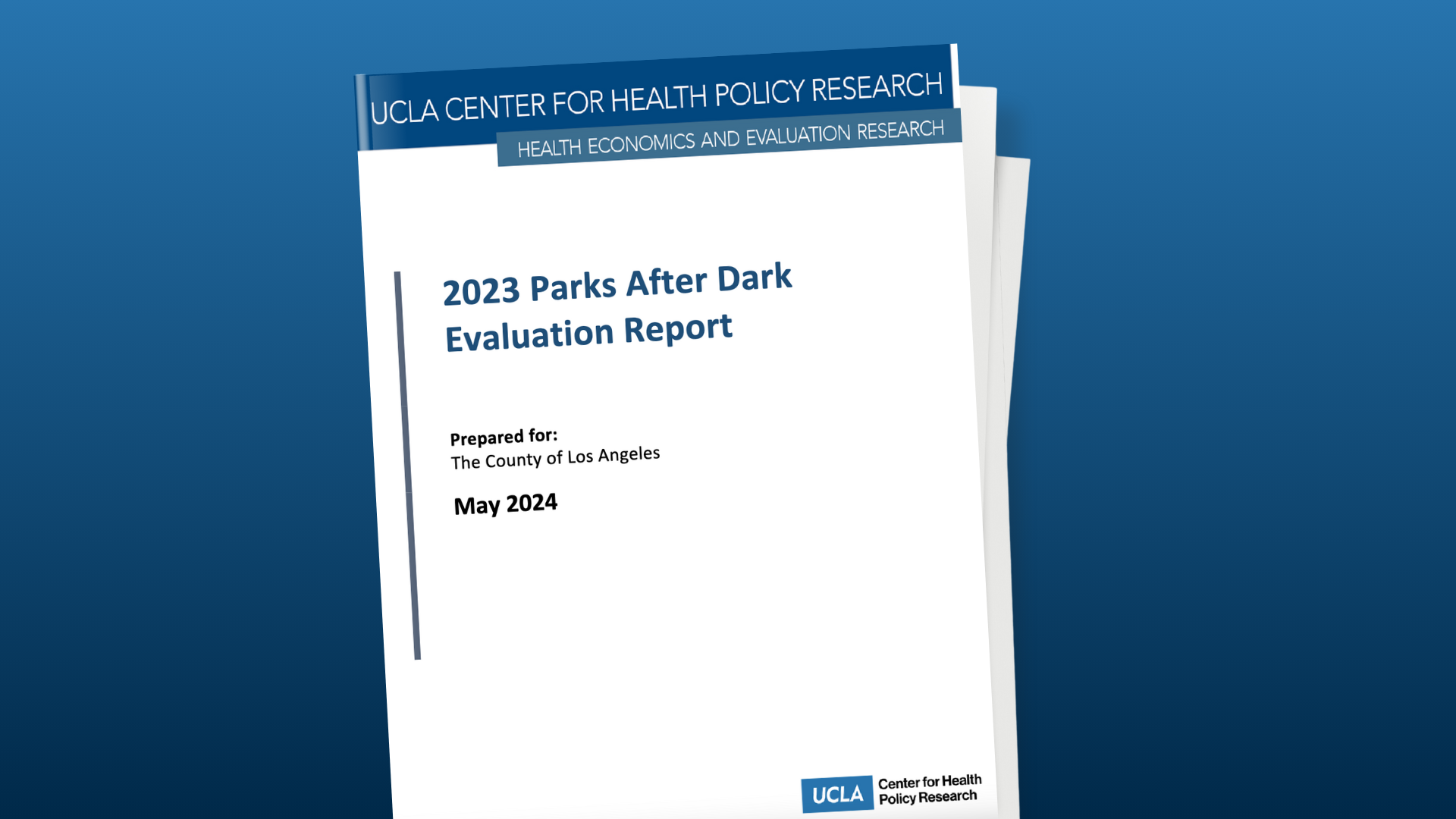
Journal Article
Assessing the Relationship Between Behavioral Health Integration and Alcohol-Related Treatment Among Patients with Medicaid
Behavioral health integration (BHI) is increasingly implemented to expand capacity to address behavioral health conditions within primary care. Survey and claims data from the evaluation of the Public Hospital Redesign and Incentives in Medi-Cal program were used to examine the relationship between BHI and alcohol-related outcomes among Medicaid patients within 17 public hospitals in California. Key informant survey data measured hospital-level BHI at 3 levels (overall composite, infrastructure, and process domains, 10 themes). Multilevel logistic regression models estimated the relationship between BHI and outcomes indicating receipt of appropriate alcohol-related care (any primary care visit, any detoxification, timely initiation, timely engagement) and acute care (any emergency department [ED] visit or hospitalization, classified as alcohol-related or all-cause) in the year following an alcohol-related index encounter.
Findings: Of 6,196 patients, some had an alcohol-related primary care visit (33%), detoxification (16%), timely initiation (14%), or engagement in treatment (7%). ED visits resulting in discharge were more common (40% alcohol-related, 64% all-cause) than hospitalizations (15% alcohol-related, 26% all-cause).
No significant relationships between overall BHI and these outcomes were observed. However, greater BHI infrastructure was associated with alcohol-related and all-cause hospitalization. Associations emerged between BHI themes (e.g., related to support of providers) and greater likelihood of alcohol-related detoxification, primary care visit, timely initiation, and acute care utilization.
Findings suggest that implementing specific BHI components may improve receipt of alcohol-related treatment and warrant future research into these relationships.







